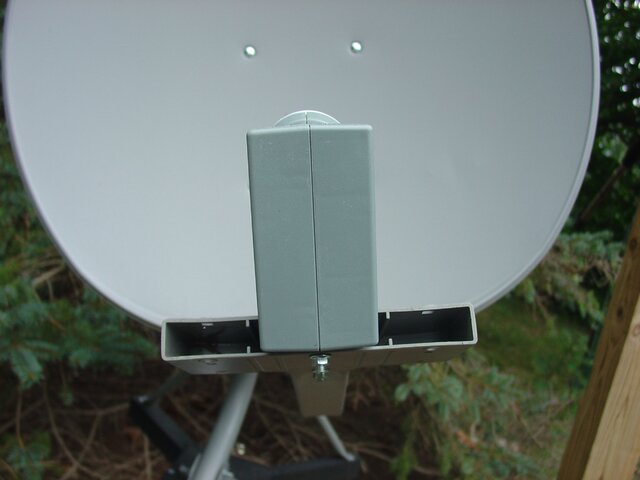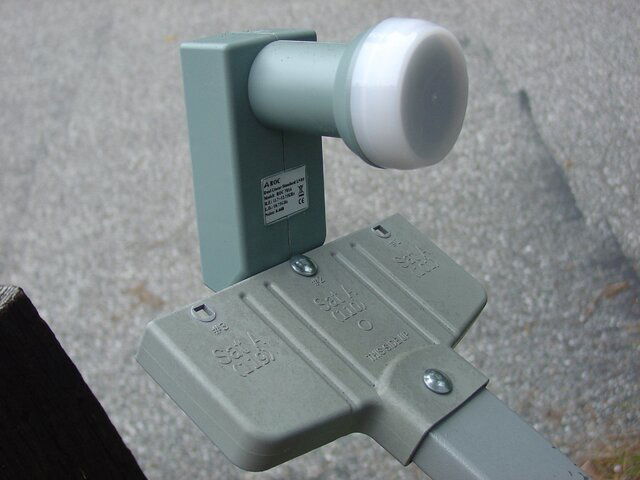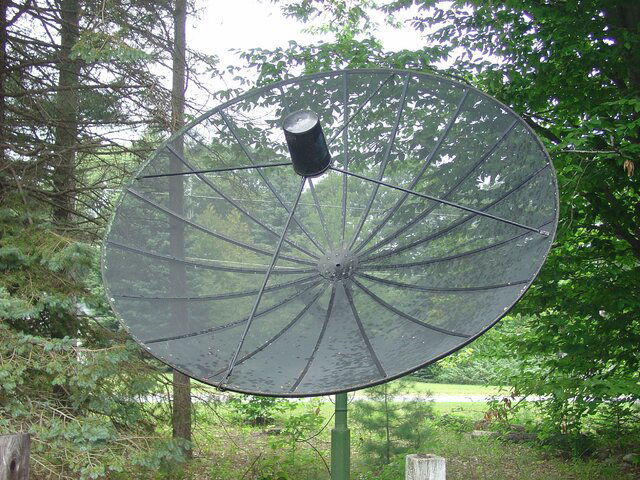After searching and reading at least 8 stories about setting the correct elevation for your offset style dish, I still do not have the answer. They all stated the offset must be part of the calculation and also stated that not all small dishes have the same offset, but NONE of these articles showed you how to figure what the offset IS for the dish you are working with. So, how???
RT.
RT.






